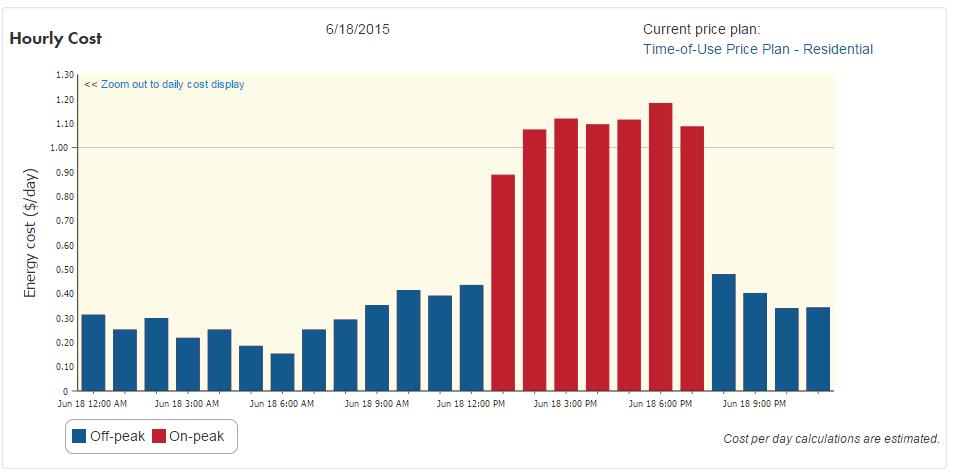aja8888
Moderator Emeritus
AJA8888, the graphics were captured off the user's screen when I log on to my utility's Web account. They have smartmeters in my area that report hourly usage, and their Web site keeps that data going back 3 years.
This data is excellent, and I looked into it in detail just recently. The homeowner can study his usage pattern and learn a lot. For example, by comparing the 12-month costs before and after my pool pump change, I found out how much the variable-speed pump saves me a year ($260).
Thanks, I figured something like that. Entergy Texas has one bar graph per month of KW usage and that's it. I guess they don't want us knowing the good stuff.



